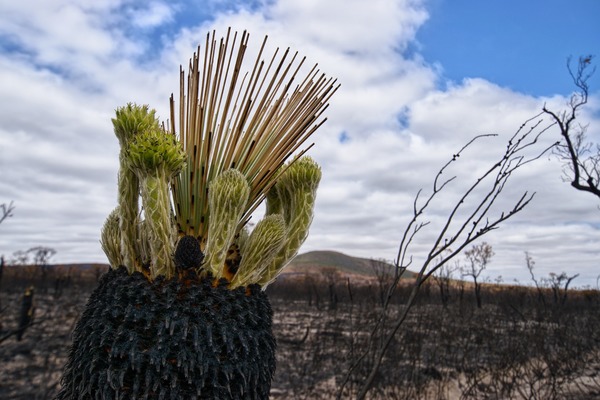
Federal funding is available to help native plants and invertebrate species bounce back from the recent bushfires, with the opening of applications for the $12 million second tranche of the Morrison Government’s Wildlife and Habitat Bushfire Recovery grants program.
Federal Member for Wide Bay Llew O’Brien said grants from $100,000 to $1 million are available for dedicated emergency recovery actions for bushfire affected wildlife and habitat, with a focus on support for plants and invertebrates.
“Wide Bay has a vast array of unique flora and fauna, and Noosa, in particular, is world-famous for its incredible natural beauty, so it is important we protect and preserve them for future generations,” Mr O’Brien said.
“This $12 million funding round marks an important next step in the roll-out of our initial $50 million Wildlife and Habitat Recovery Package which has already seen more than $30 million invested into activities including protecting unburnt habitat, on-ground assessment of bushfire impacts and feral predator and weed control.
“Even throughout the COVID-19 pandemic, work is continuing to aid wildlife and habitat recovery, with some activities modified to protect those in the field.
To ensure support is delivered where it is needed most, the Wildlife and Threatened Species Bushfire Recovery Expert Panel has released a list of 471 plant species and 191 invertebrate species as the highest priorities for urgent management intervention to support recovery from the bushfires.
“This important stocktake means we now have a crucial benchmark analysis of impacted animal, plant and invertebrate species, as well as threatened ecological communities,” Mr O’Brien said.
Grants from $100,000 to $1 million are available for projects that can commence as soon as possible and finish on or before 30 June 2021. Tranche 2 grant applications close on 28 May 2020.
Information on the priority plants and invertebrates that will inform tranche two is now available via GrantConnect (www.grants.gov.au) with grant guidelines and instructions on how to apply.





